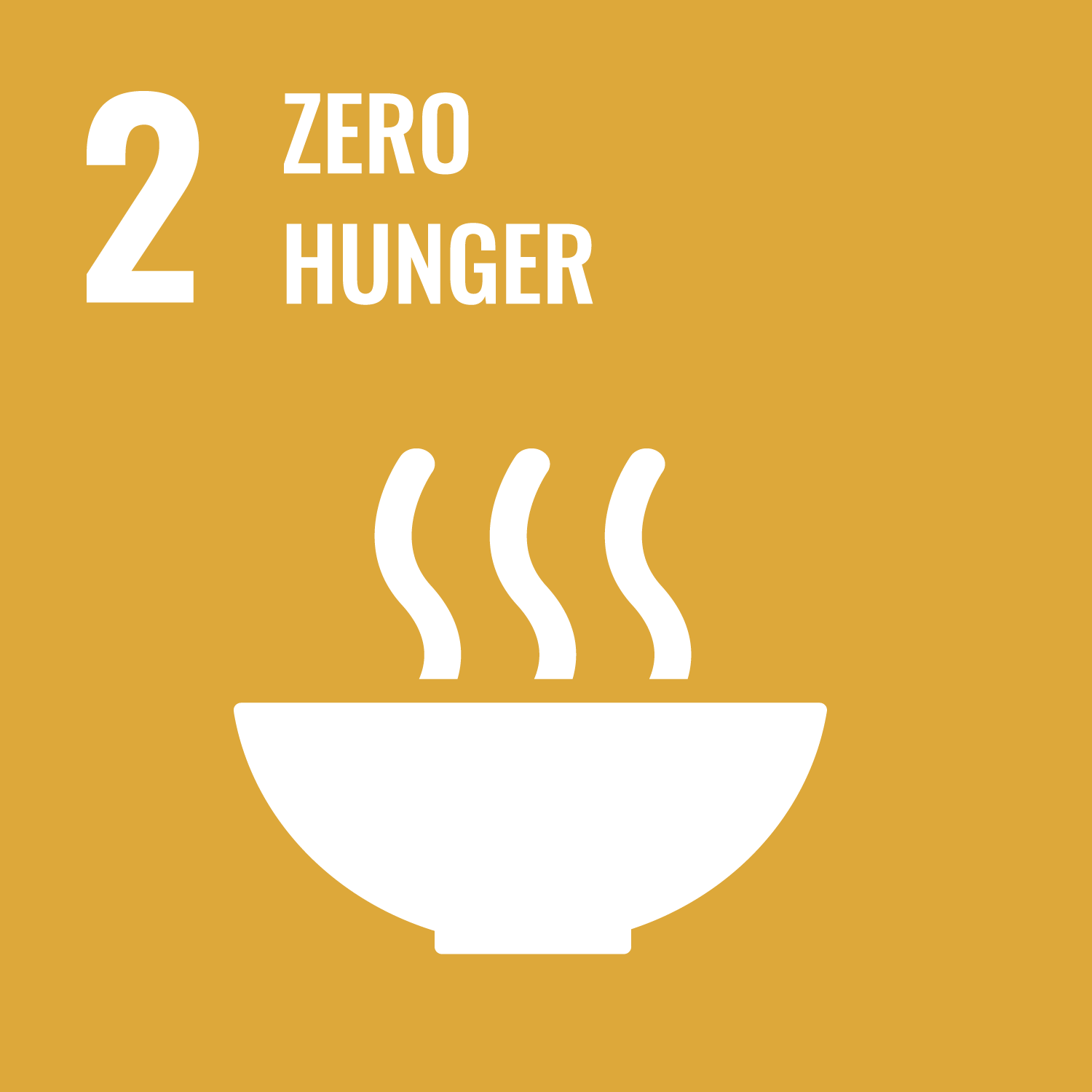SDG Detail
Multispecies Forage Crops for Lamb Production, Carbon Sequestration and Offsetting Livestock Emissions
Case studyProject description
Cold temperatures during the winter months in areas like New South Wales� Central West, are the principal factor affecting pasture growth and can result in a winter-feed gap. To help alleviate this, the Watershed Landcare Group wanted to conduct a trial project building on growing evidence from Australia and the US that shows multispecies crops and pasture diversity can increase soil carbon, nutrient cycling and improve soil biology and farm ecosystems.
Project aims
The project was conducted just north of Gulgong in New South Wales, on an 840-hectare property consisting of restored native pasture. Colin Seis, the landholder, was the 2016 winner of the prestigious Bob Hawke Landcare Award.
Project outcome
The project demonstration site was set up in a 12.5 ha paddock of native grassland, subdivided to provide two grazing trial plots; six ha multi-species and 6.5 ha single species (barley). A multispecies mix forage crop was zero-tilled (pasture cropped) into a dormant native grassland in March 2020. The mix of six species in the multispecies crop (barley, field pea, faba bean, Winfred forage brassica, tillage radish and turnip) with its diverse mix of plant roots and flowering plants aims to build soil carbon and biology that cycles nutrients.
Related SDGs
The corresponding sustainable development goals correlated with this project. You you click the icon to link to SDG category description page.









